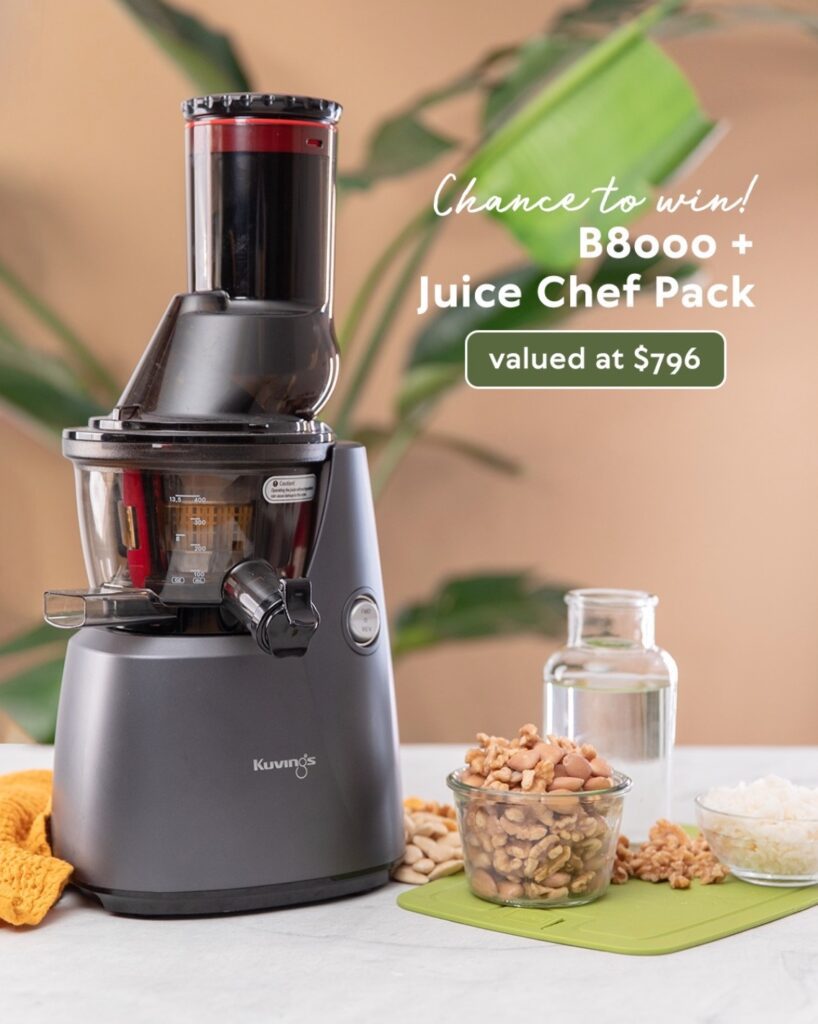
Drinking juice is the most natural and quickest way to increase your consumption of raw fruit and vegetables. With the promises of glowing skin, clearer mindset, greater energy and more, it’s no wonder the juice trend ( according to the LA Times) is a $100 million a year business. Well, it does have a lot of health benefits. So if you’re cleansing or resetting your body, it seems like this process can be safe, if handled under the proper supervision of a professional. “What we’re trying to do is give everyone the opportunity to meet with one of our nutritionists and talk about what your intentions are for a reset program and then, we’ll take into consideration if you’ve done a cleanse before and plan something for you.” With a reset program, customers are still able to eat plant-based foods on specific days, giving them more freedom. However, Cara, the on-site nutritionist from Village Juicery (she goes by simply Cara, by the way), says they rather than offering a cleanse, they offer what they describe as a reset program. Sometimes juice bars will not list ingredients that have been added in smaller quantities.” Other handy things to look out for? A best-before date, as most cold-press juice has a shelf-life of 72 hours, and ensure you check with the staff how the juice should be stored at home (if it’s not on the label already), as most juices must be refrigerated almost immediately after purchase. “Also, be sure to find a listing of the ingredients in the bottle and make sure those are the only ingredients in the bottle. “The two most important things to look for on the label is something that mentions that it is 100% organic,” she says. Brooke Lundmark, Head of Nutrition at Greenhouse Juice Co., says, “All-natural is a term that I think people need to lose just because everything in the world is all natural.” Since there have been some disputes in the US recently regarding the terms all-natural and 100% natural juice, I asked Lundmark what she would recommend to customers walking into a juice bar for the first time.

Just because a label might contain certain words like “all-natural” or “100% juice” doesn’t necessarily mean its just that. When you’re picking up a juice (cold-pressed or otherwise), the label may be difficult to understand, or just downright deceptive. As a result of zero-heat extraction, ‘cold-pressed’ juice preserves valuable enzymes and vitamins for up to three days, which explains why cold-pressed juices have such a short shelf-life.” Typically speaking, a cold-pressed juice can take anywhere from 12-24 hours from sourcing to juicing to bottle. Shoom continues, “Cold-pressed is much more expensive to make because it doesn’t use heat and has significantly more vitamins and enzymes. This heat is used to eliminate harmful bacteria but also removes several good bacterias in the process.” During this process, chemicals are applied to all produce being used in a juice to ensure bacteria does not form during packaging. “Pasteurization is a process whereby something destined for human consumption (like juice, for example) is brought to a very high temperature for a short period of time, and then immediately cooled down. Most conventional store-bought juices take six to 12 months from ‘juicing’ to pasteurization, then storage,” Aly Shoom, Chief Nutritionist of Smash Juice Bar shares with me. What’s the big difference between pasteurized and cold-pressed juices? I did some exploring at three different cold-press juice bars, located in Toronto, Ontario, Canada to ask them to set apart fact from fiction. While it makes sense that a cold-pressed juice would be healthier than conventional juice bought at convenience or grocery stores, it still seems like not everyone knows the cold, hard facts about cold-pressed juice. Just as the name suggests, the pressed fruits and vegetables extract the maximum amount of nectar from the pulp and fiber, leaving the rawest form of juice available.

Then the juice is bottled, sealed and put in a large chamber, which fills with water and applies a crushing amount of pressure to inactivate pathogens. Here’s how it works: a hydraulic press crushes and then presses the fruit and vegetables. With everyone from health fanatics to trendy food snobs hopping on the juice train for its apparent benefits, some people are scratching their heads and wondering, “what exactly is cold-pressed juice?”


If you haven’t heard, cold-pressed juice is the next biggest trend for this year.


 0 kommentar(er)
0 kommentar(er)
